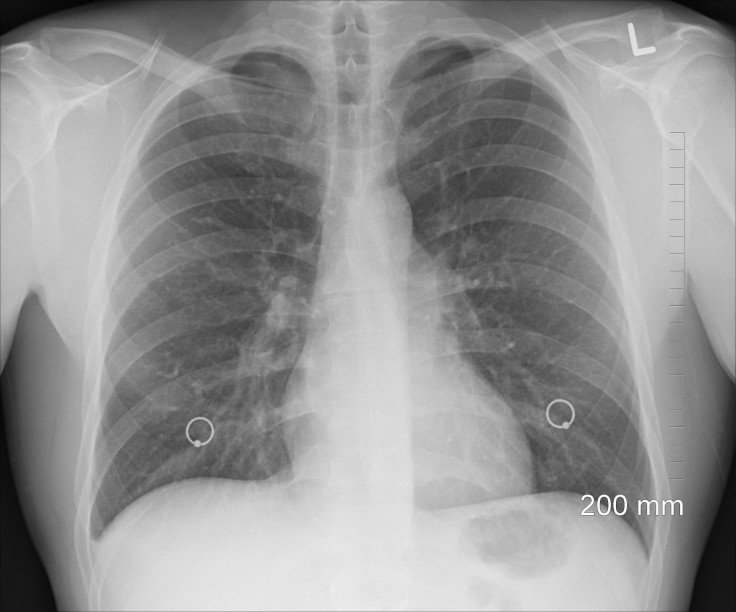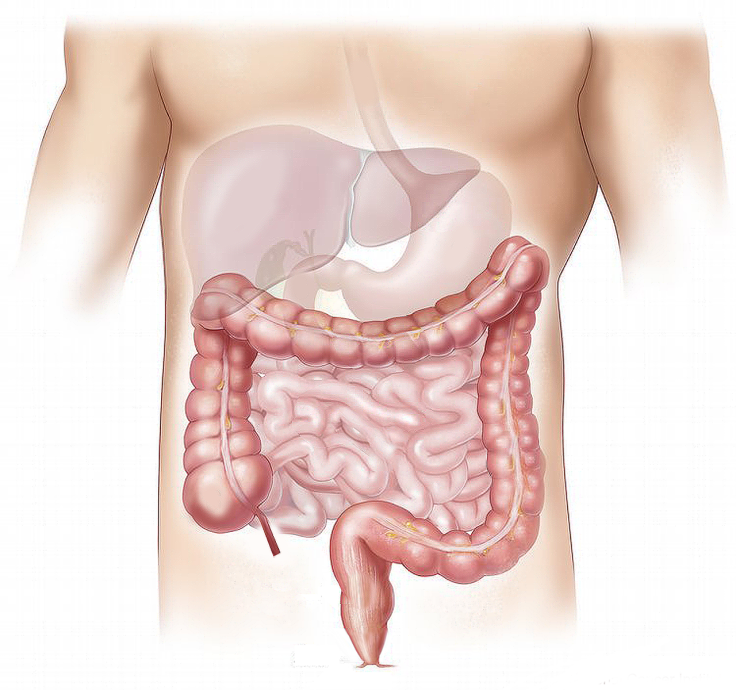7 Body Parts You Can Live Without, From Stomachs To Penises

Not all organs are created equal. Our body parts aren’t just different shapes and sizes — some of them are also far more necessary than others. Amputees live without their extremities, blind people can go on without eyes, many people have had their tonsils removed, and others can survive without a rib or two. The internal body parts, the core organs, seem more indispensable. But they are not.
It’s common knowledge that removing the appendix is no big deal. Doctors aren’t even really sure what it does, and it sometimes becomes infected and inflamed, making it dangerous if it is not removed. There are, however, numerous other internal body parts we can all live without — not the kind of living in which you have to be hooked up to a machine in a medical facility for the rest of your life, but largely unrestrained living.
One lung
Surely if our bodies have two of something, it means we need two, right? Well, no. Slate points out that living with just one lung, or maybe one and a half lungs, is not that much different from having two whole ones. “One might suspect that losing one of two lungs would cut respiratory capacity in half, but it doesn’t because the human body has significant reserves.” Someone who has a lung surgically removed retains between 70 to 80 percent of their respiratory function: “The surviving lung soon expands to compensate for its missing mate, and regular exercise speeds the process.” Strenuous activity might be more difficult, but ordinary exercise is not affected if one of these breathing organs is removed.
One main side effect is lopsidedness, because a missing lung leaves behind a void. “The chests collapses slightly; the heart, liver, and remaining lung drift toward the void; and fluid fills the remainder of the cavity. Eventually, that fluid gelatinizes into a proteinaceous goo. As a result of all this movement, the spine can curve 15 to 30 degrees toward the lungless side, which is often noticeable to an observer standing behind.” In some cases, the lopsidedness can obstruct breathing.
One kidney
While we are on the subject of needing only one, it is entirely possible to live a full life with only one of your two kidneys, the organs that filter waste out of the blood. Whether the deficit is because one was removed surgically or because one was donated to another person, “Most people live normal, healthy lives with one kidney,” according to the National Kidney Foundation. There are risks in the long term of a slight loss in kidney function or developing high blood pressure, but generally “one healthy kidney can work as well as two.” And if there are no medical complications like kidney disease, you probably will not even have to change your diet.
Stomach and small intestine
Speaking of diet, that is something that may have to change if you remove your stomach, unfortunately. But you will still go on living. According to Live Science, the whole stomach can be removed, with the esophagus instead connecting the throat directly to the small intestine. After a recovery period, the patient may have to eat smaller meals and take supplements if they are not absorbing enough vitamins. There are often similar results in the removal or partial removal of the small intestine, which breaks down food the most in the digestive system.
Colon
When the large intestine, or colon, is removed the patient may need to wear an exterior bag to collect their stool. Since the stool can’t move through the body toward the anus as it would normally, the Colostomy Association notes, surgeons will create a new opening on the abdomen that the bag will cover. “These bags or pouches are about the size of your hand,” the association says, and while it will take time to get used to, “having a colostomy will not mean that you have to make significant changes to your lifestyle.” Most people will not have to change their diets or their clothing. “There are people who have had colostomies for many years. They have led normal lives, had careers, have partners and children, take part in sport, and travel all over the world.”

Private parts
People can become quite attached to their penises, vaginas and other reproductive organs, but it turns out they are not that necessary. For example, to treat cancer men may have their testicles removed or women their uterus. And there are some women who are born without certain pieces of their reproductive system, including portions of their vaginas. One woman with the rare Mayer-Rokitansky-Kuster-Hauser syndrome wrote in Cosmopolitan that she was born without a uterus or the upper two-thirds of the vagina. She explains that she doesn’t have a period, and thus can never get pregnant, but she still has a hormonal cycle — “I have no uterus and no lining to shed every month. ... I release eggs every month, but instead of the eggs traveling into fallopian tubes, they just disintegrate upon leaving my ovaries.”
One man born without a penis, according to the Independent, has lived a largely normal life and has still been intimate with dozens of women by doing everything but traditional penetration.
Thyroid gland
Located in the neck, the thyroid gland governs growth, development, metabolism and other functions. It can also be excessed. The American Thyroid Association says some people may have to be treated with thyroid hormone, especially if the whole gland has been removed and not just a piece of it, but they can continue living normal lives.
Spleen
If the spleen ruptures, it may need to be removed. But that’s not a problem. The Mayo Clinic says if there is no other health condition involved, “other organs in your body take over most of the functions previously performed by your spleen.” However, because the spleen helps protect against infection, the patient is at a higher risk of becoming ill, particularly right after the procedure. Vaccines, like those against influenza, could help matters.



























